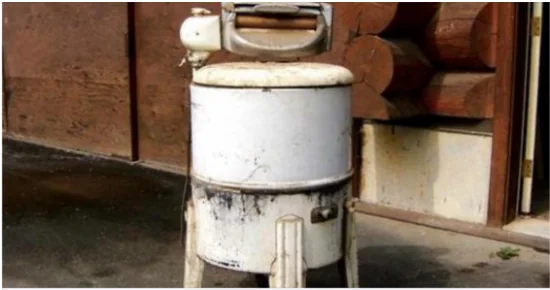Let’s take a trip down memory lane and explore the world of hand washing. You’d be surprised at how much effort our ancestors had to put into keeping their clothes clean. Before the advent of indoor plumbing, laundry was not for the faint of heart. This involves a series of difficult tasks such as soaking, patting, scrubbing and rinsing the soiled fabric. Imagine the effort required to keep things clean.

All water required for cleaning must be collected manually from a pump, well, or spring. Can you believe it? Carrying water in heavy buckets was not an easy task, especially for the elderly. I had to make many trips back and forth to get enough water for washing. Once the water had collected, it had to be heated over a fire to make it suitable for washing. Imagine how much patience and dedication it took to manually heat water for each load of laundry. Once the water is hot enough, pour it into the bathtub and prepare for the next step.
But the problem is, there is a limit to the amount of warm, soapy water you can use. Our resourceful ancestors had to think carefully about water strategy and use. They washed the least soiled clothes first, making efficient use of precious hot water. Once it’s clean, move on to the dirtier laundry.
But the process didn’t end there. After washing, clothes still had to be cleaned of water and soap. I used clean water to wash off the soap so no residue was left behind. Next, carefully fold the wet clothing and twist it in your hands to remove excess water.
That’s not all. Drying and ironing were also a series of tasks that required time and effort. Typically, the entire handwashing procedure often took an entire day. It was a true test of patience and dedication. So, the next time you use a modern washing machine, enjoy a little taste of the convenience and ease that technology has brought us. Pay homage to our hardworking ancestors who worked tirelessly to keep our clothes fresh and clean.

